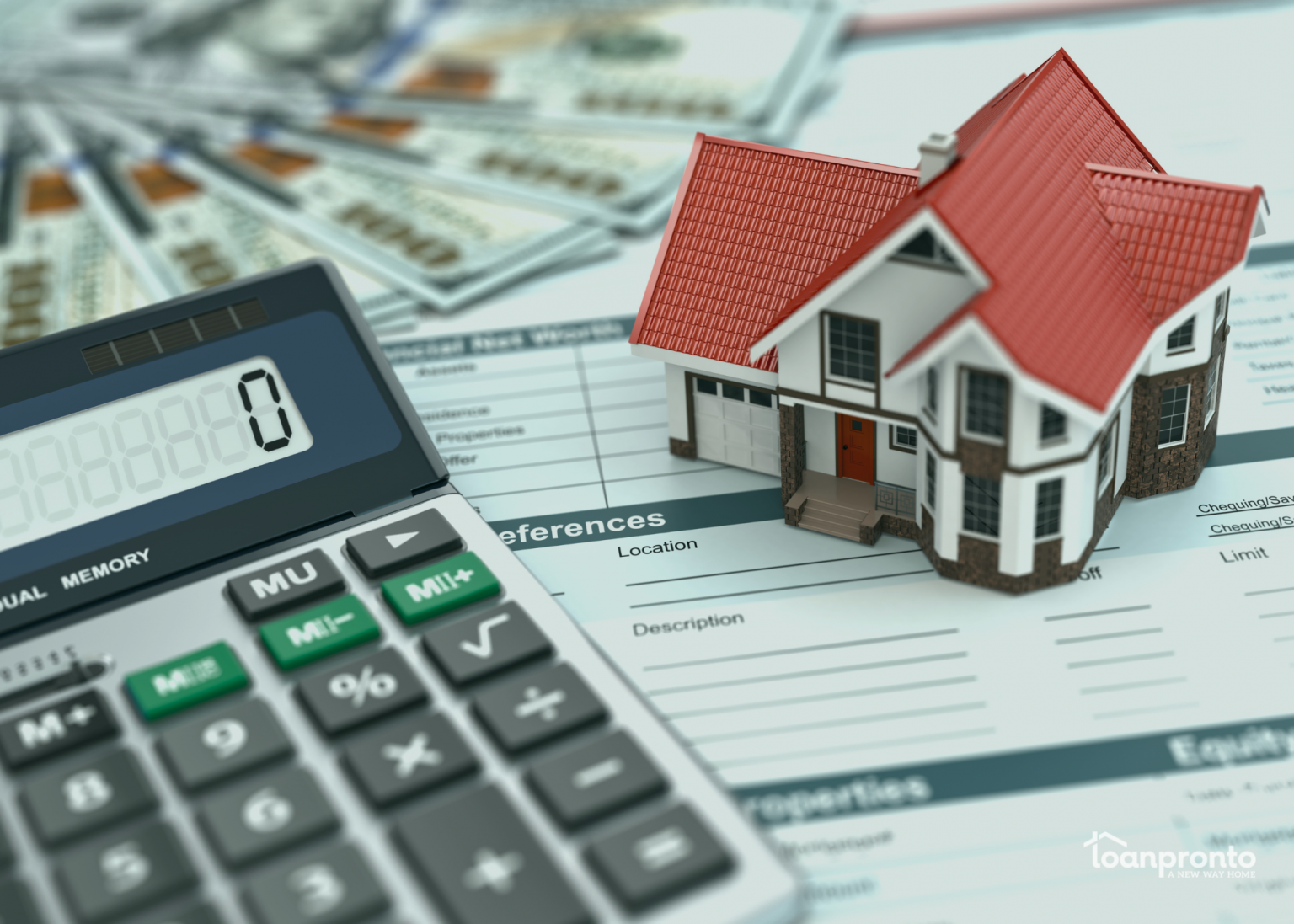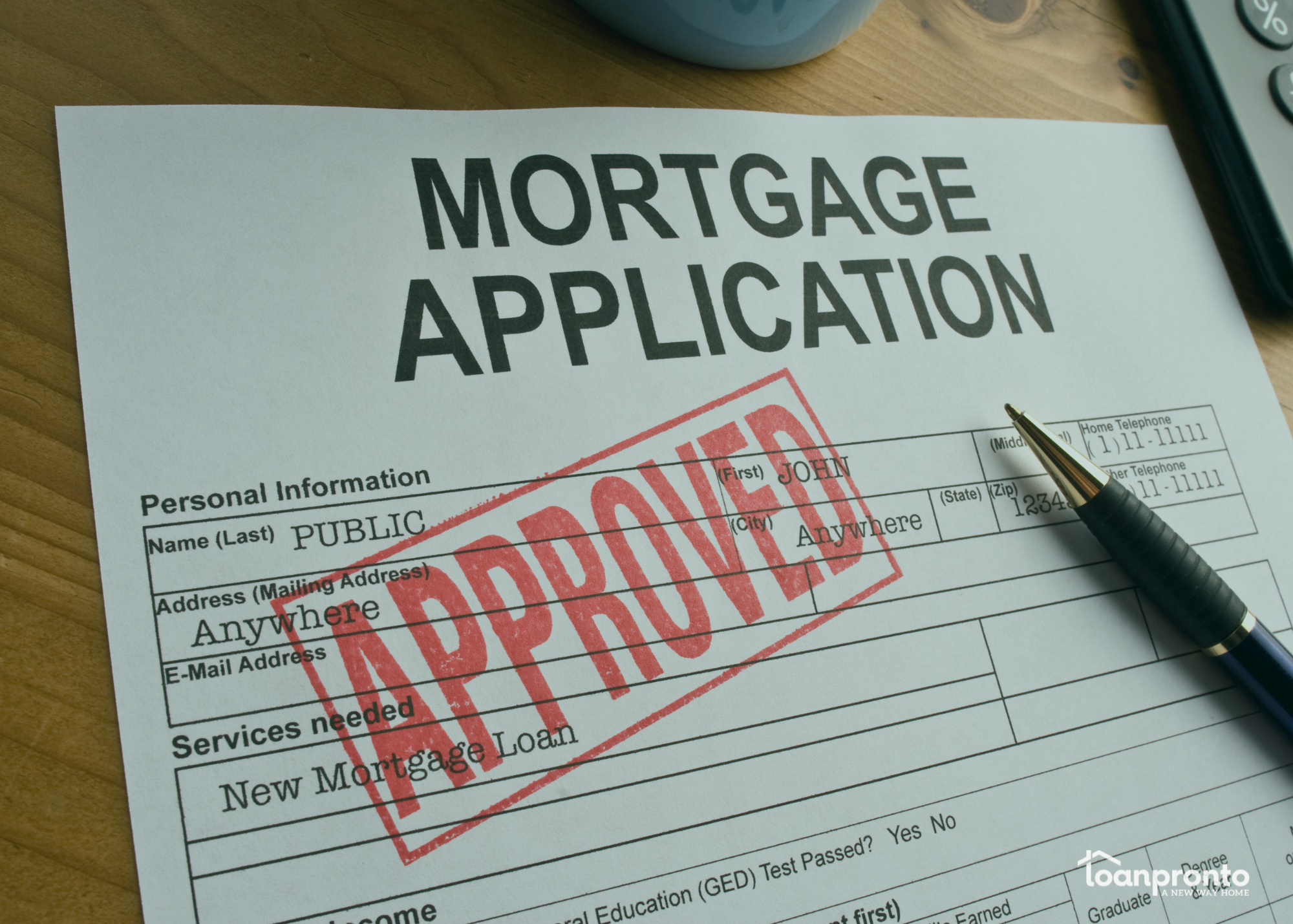Key Takeaways
-
Mortgage loan origination covers everything from loan application to closing.
-
A preapproval letter strengthens your buying position and outlines your budget.
-
The underwriting process evaluates your credit, income, and risk before final approval.
-
Closing costs, including origination fees, can often be negotiated or rolled into the loan.
If you’re buying a home or refinancing your mortgage, you’ve likely encountered the term mortgage loan origination. But what does it actually mean? And more importantly, how does it impact your mortgage experience? In this guide, we’ll explain the full mortgage origination process, outline the documents you’ll need, and explain the underwriting process.
What Is Mortgage Loan Origination?
Mortgage loan origination is the step-by-step process a lender follows to create, evaluate, and approve a mortgage. It begins with your loan application and ends at the closing table, where you officially secure financing. Lenders typically charge an origination fee—usually between 0.5% and 1% of the loan amount—to cover the administrative work involved.
Some high-risk borrowers may face higher origination fees, occasionally up to 2%. These fees are included in your closing costs and are disclosed upfront on your Loan Estimate.
Why Mortgage Originations Matter
The volume of mortgage originations serves as a key indicator of housing market activity. A surge often reflects strong homebuyer demand and economic confidence. On the flip side, a slowdown may suggest rising interest rates or market uncertainty.
For example:
| Year | Total Originations |
| 2021 | $4.4 trillion |
| 2022 | $2.2 trillion |
| 2024 (projected) | $1.79 trillion |
These figures, reported by the Mortgage Bankers Association, highlight how origination trends reflect broader shifts in buyer behavior and market conditions.
The Mortgage Loan Origination Process
Depending on your financial profile and lender efficiency, the mortgage process typically takes 30 to 60 days. Here’s what you can expect:
1. Preapproval
Start by getting preapproved. This shows sellers you’re a serious buyer and gives you a solid estimate of how much you can afford. While preapproval isn’t a final commitment, it’s based on a review of your current income, assets, and credit.
2. Mortgage Application
Whether you apply before or after preapproval, you’ll need to submit:
- Proof of income (W-2s, tax returns, 1099s)
- Asset verification (bank statements, retirement accounts)
- Employment history and monthly debts
- Estimated down payment
- Property details and appraisal
Within three business days, your lender will issue a Loan Estimate, outlining your interest rate, projected monthly payments, and closing costs.
3. Processing and Underwriting
Once the application is complete, the lender’s team will process the paperwork and send it to underwriting. During underwriting, the loan is assessed for risk. The underwriter verifies your income, credit, debts, and the appraised property value.
They may approve the loan, deny it, or request additional documentation. Stay responsive to avoid delays.
4. Closing
After underwriting clears your loan, you’ll receive a Closing Disclosure. This document breaks down the final loan terms and closing costs. Typical closing costs include:
| Fee Type | Description |
| Mortgage Origination Fee | Lender’s processing and approval fee |
| Underwriting Fee | Risk assessment and file review |
| Title Fees | Title search and insurance |
| Legal Fees | Attorney services (varies by state) |
At closing, you’ll sign the loan documents and pay the closing costs, usually by wire transfer or cashier’s check. Once completed, you’ll receive the keys to your new home.
Documents You’ll Need for Mortgage Loan Origination
To avoid delays, gather the following items early:
- Government-issued ID (e.g., driver’s license or passport)
- Recent pay stubs, W-2s, or tax returns (2 years)
- Bank and retirement account statements
- Property details and home appraisal
- Co-borrower documents, if applicable
- Additional forms for VA, USDA, or jumbo loans
How to Prepare for the Mortgage Origination Process
Taking proactive steps early can speed up your approval and help you secure better loan terms.
1. Check and Improve Your Credit
Before applying, request your credit report and fix any errors. Then focus on improving your score—pay down debts, avoid new credit lines, and stay current on all payments.
2. Choose the Right Loan Type
Different programs suit different buyers. Consider options like:
| Loan Type | Best For |
| Conventional | Strong credit, 5–20% down payment |
| FHA | Low credit or low down payment |
| VA | Veterans and active-duty military |
| USDA | Rural homebuyers with low income |
| ARM | Short-term homeowners |
3. Compare Lenders
Request quotes from at least three mortgage lenders. Don’t just compare interest rates—look at closing costs, loan origination fees, and loan flexibility.
4. Budget for Closing Costs
Plan ahead. Some fees can be negotiated with the lender or seller. Others may be rolled into the loan, but this can increase your long-term cost.
Why Mortgage Origination Matters
Understanding mortgage loan origination puts you in control during your home financing journey. By preparing early, improving your financial profile, and working with a trusted lender, you’ll increase your chances of a smooth, timely closing.
If you’re ready to begin or want expert help navigating your mortgage options, connect with one of our experienced loan advisors today.
FAQs: Mortgage Origination Process
No SSN required. Zero impact to credit. Your Information is never sold.



